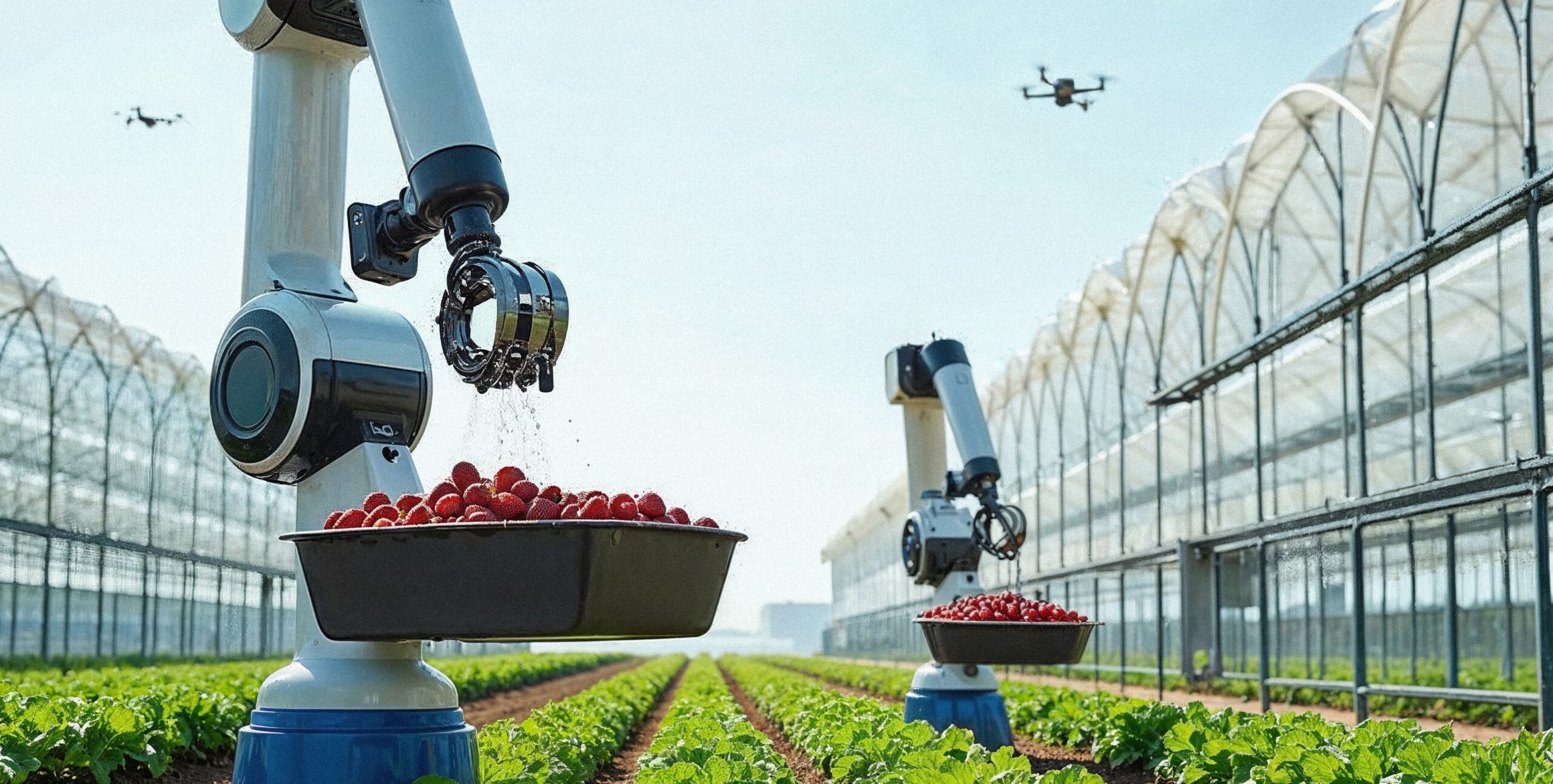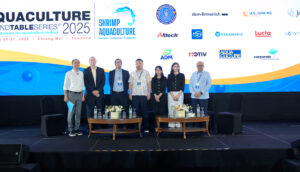Agriculture in Asia is on the brink of a profound transformation. As we move into the second half of the decade, the integration of artificial intelligence (AI), robotics, and digital technologies promises to reshape agri-food systems across the region. These advances are not just about adopting new tools – they are redefining how Asia feeds itself and the world.
AI and robotics take root in Asia’s fields
The period between 2025 and 2030 will see AI and robotics become central to how food is grown, harvested, and managed. Across Asia, countries are deploying cutting-edge technologies tailored to their unique agricultural landscapes.
In India, smart irrigation systems powered by AI are helping farmers maximize water efficiency – a critical need in drought-prone regions; Japan, facing an ageing rural population, is deploying robotic harvesters and autonomous machinery to keep farms productive; while Indonesia and Vietnam are expanding the use of drones for aerial crop monitoring, enabling early detection of pests and diseases and improving yield predictions.
These examples illustrate a growing regional trend: the fusion of traditional farming practices with smart, scalable technologies that can increase efficiency while reducing environmental impact.
The role of public-private collaboration
One of the most powerful enablers of this transformation is the rise of public-private partnerships (PPPs). Governments and private companies across Asia are working together to build the infrastructure, policies, and capacity needed to support a digital agricultural revolution.
These collaborations are achieving several objectives:
- Digital infrastructure: Laying the groundwork for rural connectivity, cloud-based farm data platforms, and mobile tech integration.
- Research and innovation hubs: Supporting localized R&D, incubating start-ups, and piloting new agri-tech tools in real-world farming contexts.
- Farmer empowerment: Providing training, digital literacy, and financing options for smallholder farmers to adopt new technologies.
As climate change, geopolitical volatility, and resource scarcity continue to threaten food systems, these partnerships also serve as a buffer, enabling faster, more coordinated responses to emerging challenges.
Asia’s diversity demands custom innovation
Asia’s agricultural sector is extraordinarily diverse. From rice terraces in the Philippines to aquaculture ponds in Thailand and vast soybean plantations in China, the continent encompasses a rich variety of crops, climates, and farming practices.
This diversity, while complex, is a key strength – it requires localized solutions, not one-size-fits-all technology. In the Philippines, mobile-based apps are providing fishermen with weather forecasts and market prices in local dialects; In Thailand, precision aquaculture systems are helping shrimp farmers monitor water quality and feeding efficiency; and in Bangladesh, AI-enabled pest recognition apps are helping rice farmers act early to prevent crop losses.
Such innovation isn’t just coming from outside the region. Asia is becoming a global innovation hub in its own right – producing low-cost, user-friendly solutions tailored for small farms and remote communities.
From food security to food sovereignty
Beyond technology, this shift is also about redefining food systems – making them more self-reliant, inclusive, and resilient. With climate-related disruptions becoming more frequent, food security is no longer just a policy goal, it’s a survival imperative.
AI and data analytics are helping governments forecast food supply needs, track imports and exports, and optimize land use planning. At the same time, digital marketplaces and blockchain traceability are helping farmers capture more value from their harvests while meeting global standards for food safety and transparency.
In countries like Singapore, with limited arable land, vertical farming and controlled-environment agriculture are proving how innovation can overcome natural constraints. Meanwhile, nations like China and South Korea are investing heavily in agri-tech to future-proof their domestic production and reduce dependency on imports.
A new chapter for Asian agriculture
The coming years will define whether Asia can shift from being a passive adopter of global technologies to a proactive architect of agri-tech innovation. All signs point to yes.
Asia’s large population, youthful tech-savvy workforce, growing investment in start-ups and R&D, and deep cultural roots in farming position it to take the lead. The future of farming in the region is not just about machines or data – it’s about balance: between tradition and transformation, productivity and sustainability, global innovation and local wisdom.
As we look toward 2030, the vision is clear: a smart, inclusive, climate-resilient agri-food system that feeds not just Asia, but contributes meaningfully to global food solutions.
About the Author
Irene Gomez is co-head at cmXp2, specializing in strategic communications and advocacy for the food, health, agriculture, agri-food and aquaculture sectors. Full Bio
About cmXp2
cmXp2 (“Xp2”) is a strategy advisory firm dedicated to supporting organizations in high-regulated sectors, specifically: Food & Nutrition, Agriculture & Agri-Food/Aquaculture, Life Sciences, and Global Banking & Markets, Institutional & Corporate Banking. For organizations in these sectors, Xp2 helps them navigate complex and dynamic regulatory, legal and ethical parameters to define and execute strategies that generate meaningful value, shape opinions, enhance reputation and drive market impact. Our senior partners’ deep sector leadership expertise across these high-regulated sectors is well-placed to help clients succeed. Xp2 is a division of the award-winning Corporate Media Services Pte Ltd (CorpMedia) that has over 32 years of experience. The firm is headquartered in Singapore and serves the Southeast Asia region.
3 Pickering Street | #02-36 Nankin Row | S048660 | UEN 199202411E
www.cmXp2.com | www.linkedin.com/company/cmxp2/









